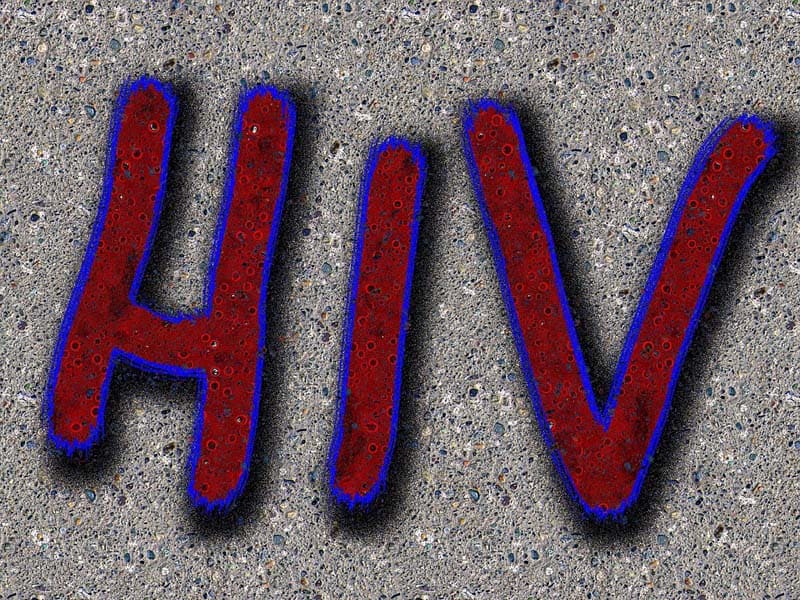Washington: Researchers have recently discovered a molecule that could someday lead to the creation of the world’s first Human Immunodeficiency Virus (HIV) vaccine.
The University of Maryland and Duke University researchers who conducted the study on rabbits, have designed a novel protein-sugar vaccine candidate that stimulated an immune response against sugars that form a protective shield around HIV.
The results suggested that producing antibodies that directly target the defensive sugar shield is an important step in developing immunity against the target, and therefore, this is the first step in developing a truly effective vaccine.
Researcher Lai-Xi Wang of the University of Maryland said an obstacle to create an effective HIV vaccine is the difficulty of getting the immune system to generate antibodies against the sugar shield of multiple HIV strains.
“Our method addresses this problem by designing a vaccine component that mimics a protein-sugar part of this shield,” Wang added.
The team designed a vaccine candidate using an HIV protein fragment linked to a sugar group.
When injected into the rabbits, the vaccine candidate stimulated antibody responses against the sugar shield in four different HIV strains.
The protein fragment of the vaccine candidate comes from gp120, a protein that covers HIV like a protective envelope.
A sugar shield covers the gp120 envelope, bolstering HIV’s defenses.
The rare HIV-infected individuals who can keep the virus at bay without medication typically have antibodies that attack gp120.
The team tried to create a HIV vaccine targeting gp120, but had little success for two reasons.
First, the sugar shield on HIV resemble sugars found in the human body and therefore does not stimulate a strong immune response.
Second, more than 60 strains of HIV exist and the virus mutates frequently. As a result, the antibodies against gp120 from one HIV strain will not protect against other strains or a mutant strain.
The researchers used a synthetic chemistry method they previously developed to combine the gp120 fragment with a sugar molecule, also shared among HIV strains, to mimic the sugar shield on the HIV envelope.
Injecting rabbits with a vaccine candidate that contained the protein fragment without the sugar group resulted in antibodies that primarily bound to gp120 from only one HIV strain.
Although the rabbits’ antibodies bound to gp120, they did not prevent live HIV from infecting cells, which means that the molecule is a relatively strong inducer of the immune response, the authors explained.
The results are published in the journal Cell Chemical Biology. (ANI)

